Zuloark
Weltraum, a radio podcast about space on the jabbering Independent Coastal Radio NOR we hosted Juan Chacón, an architect, researcher and educator. He is the co-founder of the collective Zuloark (2001), which enables the open-source distribution of architectural and urban planning knowledge, a co-founder of the cooperative Zoohaus (2007) and part of the open-source network Inteligencias Colectivas (2010).

Zuloark's Collective Portrait at IX Zuloark International Congress in La Palma, Spain (2020). | Photo © Lourdes Cabrera
Since 2009, Juan has been researching community development models in Berlin. With Christina Serifi (Digital Architectuul Fellow 2020), he co-founded the Tirilab initiative, which explores intercultural heritage related to local technologies, gastronomy and cultural specialties of rural communities in northern Greece.
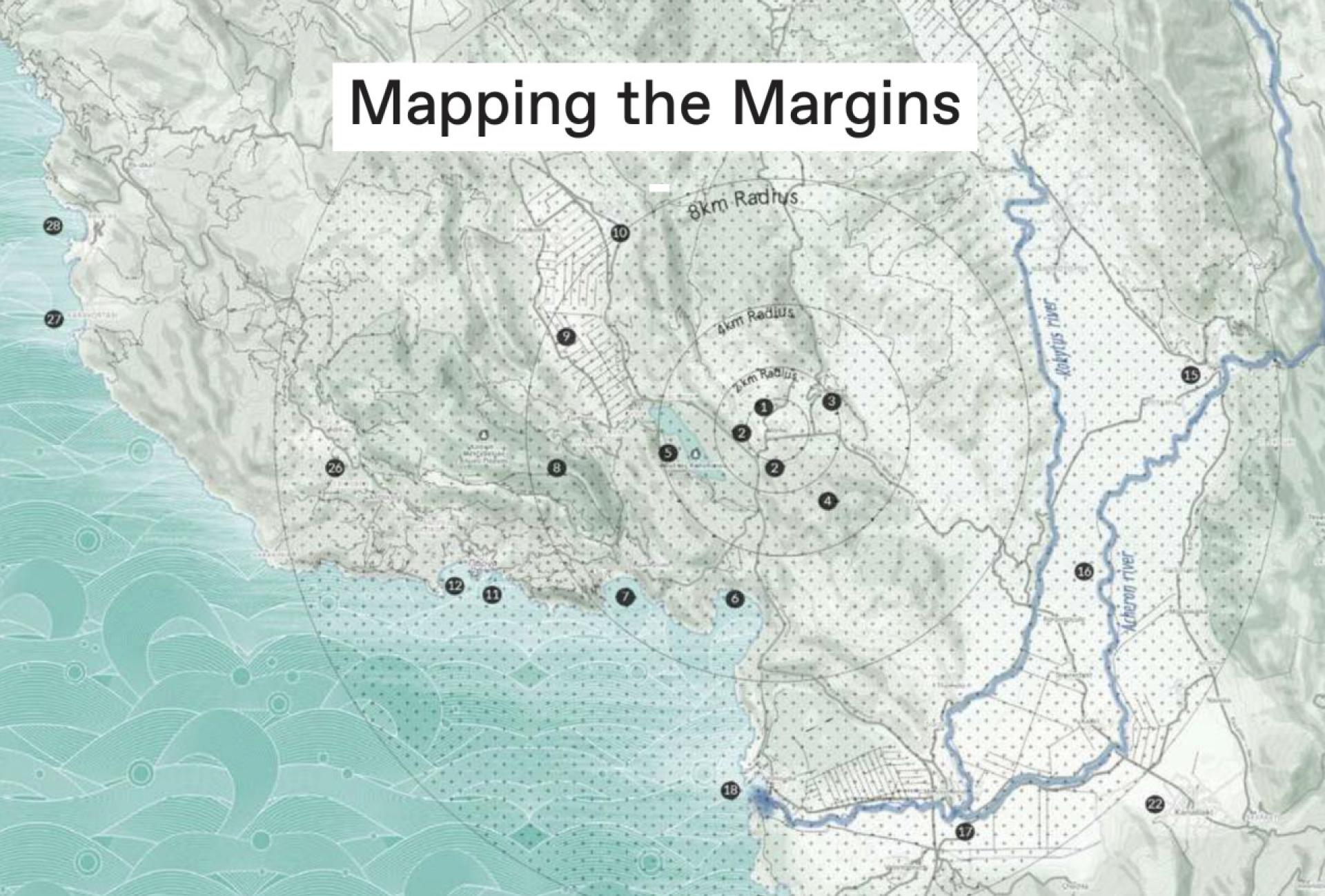
An atlas of rural commons in Northern Greece by TiriLab (Christina Serifi and Juan Chacón) were part of Future Architecture. | Photo via Future Architecture
Juan taught as a member of zuloark and researcher at UDK in Berlin, Pontificia Universidad Javeriana in Bogotá, Technische Universität in Berlin and San Jorge University in Zaragoza. His work with zuloark and zoohaus has been exhibited in the MoMA in New York, the Akademie der Kunste in Berlin, the Lisbon Architecture Triennial and the Matadero Museum in Madrid, among others.
Zuloark is an open office for architecture and urbanism. You co-founded it in Madrid in 2001 and in 2010 expanded its headquarters to La Coruña, Berlin, Bologna, Athens and La Palma. What does open office mean?
Juan Chacón: For Zuloark the word open office is not really well defined. Since our principle is based on belonging to the collective, It means that the environment or the name is open to everyone for participation. Also the word open reflects open source, that’s why we use it to define ourselves. Of course, there are so many voices in the collective and each one is defined in a different way.
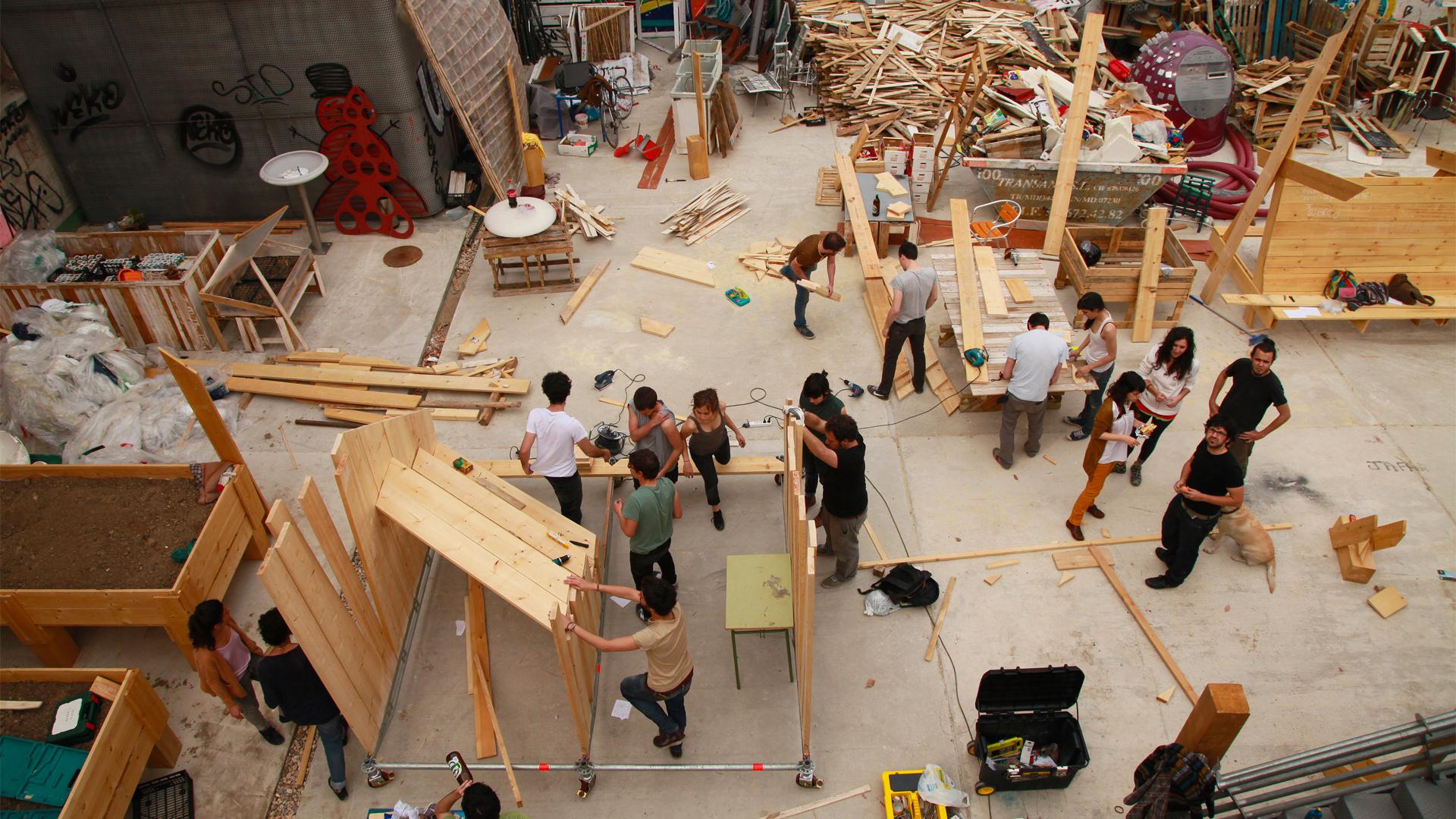
Workshop in El Campo de Cebada, Madrid in Spain (2012). | Photo © zuloark
What is its approach?
JC: First of all we will need to define what it means architecture. We can understand architecture as a built environment but you can understand architecture as a place where education happens and then spaces are created in different ways. The practice of architecture can unfold in different ways.
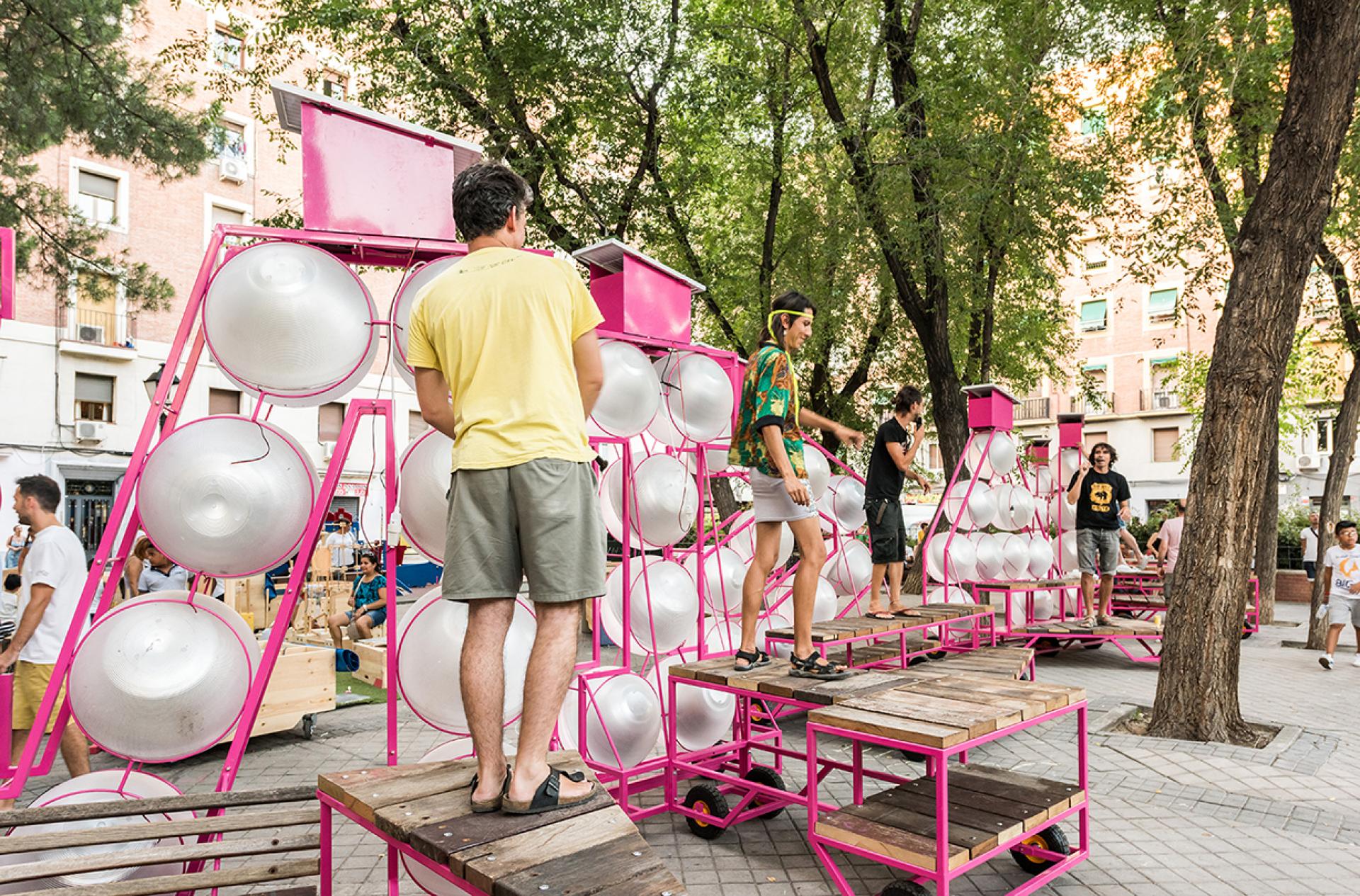
F.U.A!! Imagina Madrid (Zuloark + Enrique Espinosa -Eeestudio- + David Cardenas + Lys Villalba + Juanito Jones), Madrid, Spain (2017-2018). | Photo © Javier de Paz García
In Zuloark we don’t close a definition of one type of architecture but we try to engage with architecture in different layers and ways. Therefore we develop projects in different scales, we engage different communities and agents, we are trying to involve different parts in our practices, all this to create better places in a more participatory way that engages more people in the design of it.
In all these countries that I’ve mentioned?
JC: In 2001 we founded Zuloark and in 2010 we expanded. We founded it while we were students and between 2008 and 2010, after finishing our studies, we started to professionalize the structure. In that period members started to move around Europe and elsewhere, so we found a way to adapt to its members. When a member moves in a city also the office moves there and starts to activate different networks.
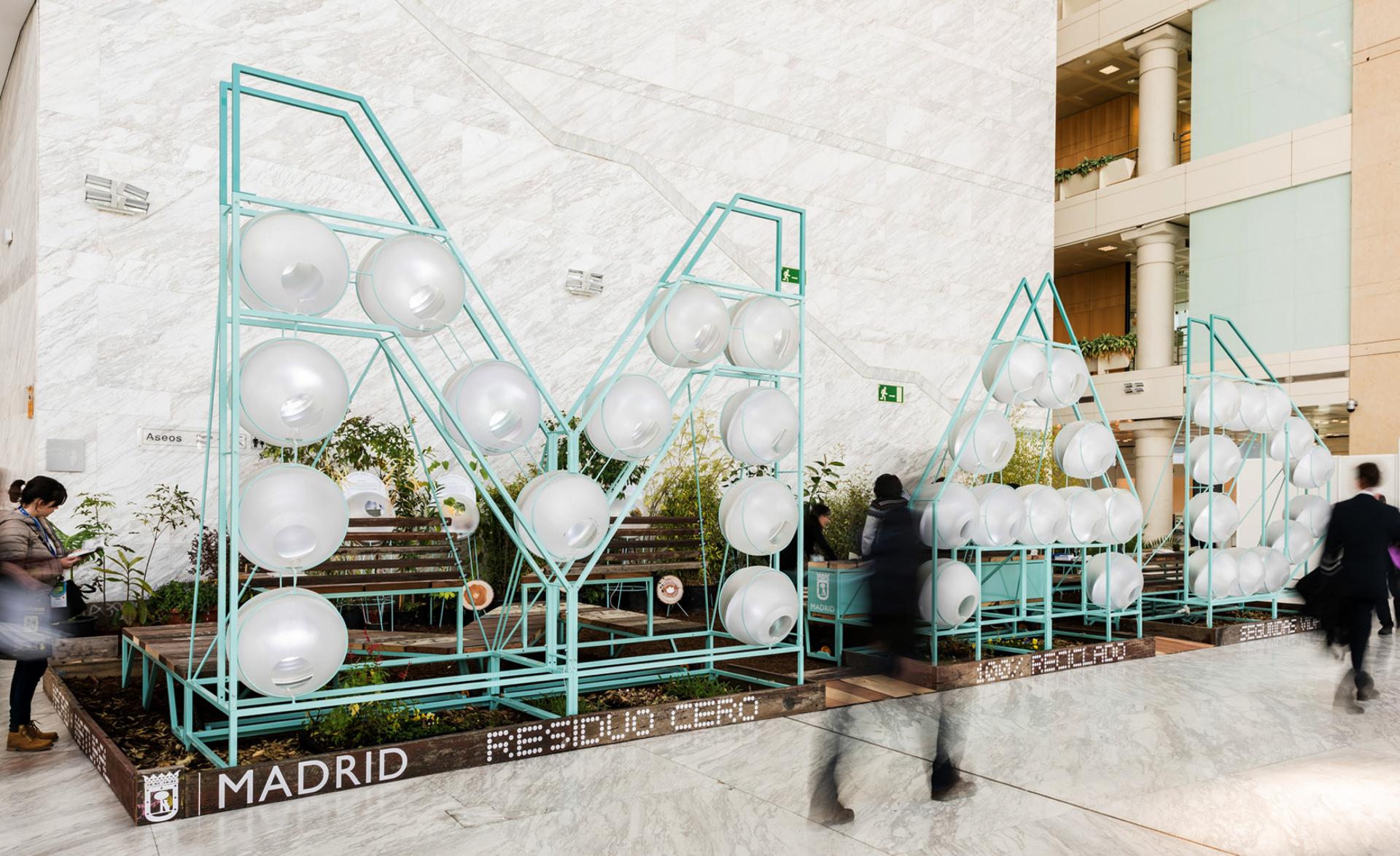
MADPAZ Conama Madrid (Zuloark + Enrique Espinosa -Eeestudio- + David Cardenas + Lys Villalba + Juanito Jones + María Mallo) Madrid, Spain (2016-2027). | Photo © Javier de Paz García
In a way you also have an open structure of work?
JC: In the last ten years we have been trying to develop governance, forecasting and evaluation systems and tools. We try to be strict in the way we organize, to benefit the participants and projects that are common to everyone. This creates the independence of work with some guidelines and fixed points towards the collective in order that we can be all coordinated. This methodology intends to create a structure that allows flexibility but at the same time allows the collective to work as a network not as independent units.

Pavillion in CCE Malabo, IC Red Guinea (Zoohaus) , Equatorial Guinea (2015). | Photo © zoohaus
Zuloark involves tactical urbanism, participation, festivals and construction workshops in a DIY way. How do you involve users in architecture?
JC: We never use the word user. It doesn’t exist in our vocabulary. We always involve the group of people or community in the process of final design. We share the methodology of how we can build the place together. When we design for example a public square, we don’t think about how we will work with the users. We are going to be part of this square and of the group of people creating the place by itself.
You co-founded the cooperative Zoohaus, which initiated the international practical research Collective Intelligences; what is the field of this research?
JC: Zoohaus is a wider network than Zuloark. It is a network launched in 2010 that tries to rephrase what we are doing. It was constituted in Madrid as a cultural association that engaged in cultural projects related to the public space. The idea is to engage and collaborate with networks all around the world based on intelligent design. We started to create a catalog where anybody can upload and contribute to its database their solutions. It is not organized by institutions but is coming from communities or individuals.
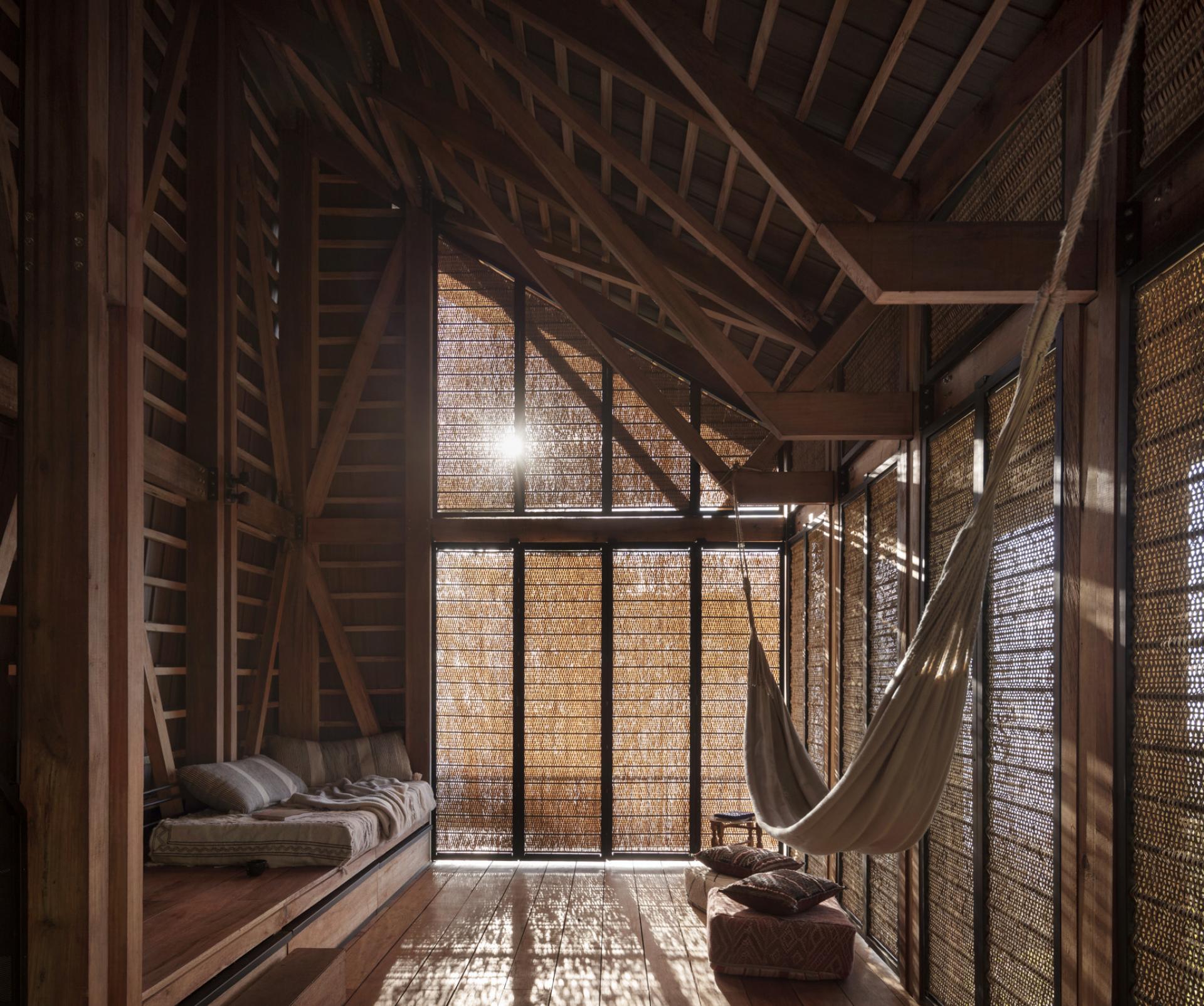

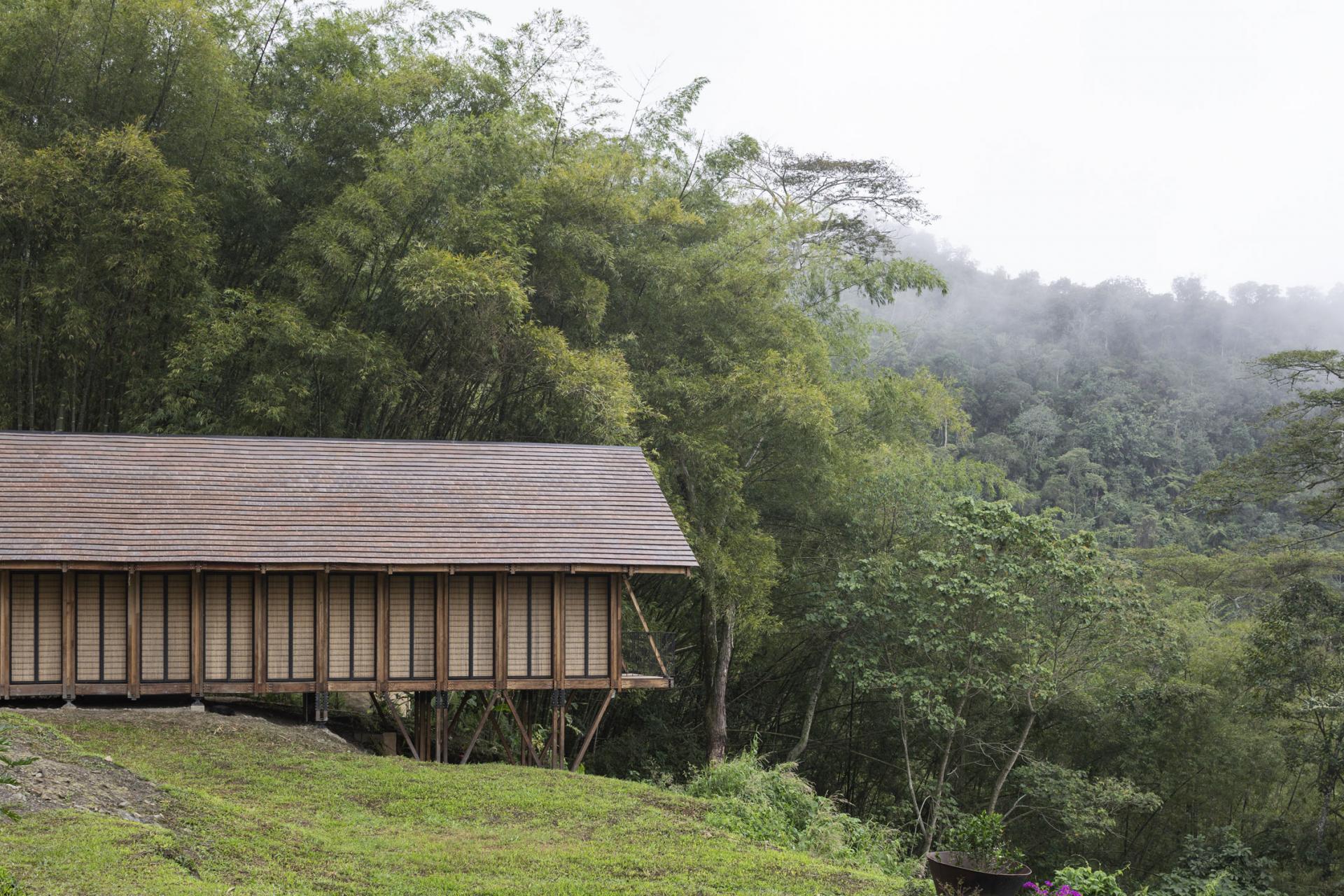
Casa Tejida en NOcaima (Santiago Pradilla y Zuloark), NOcaima Cundinamarca, Colombia (2019). | Photo © Federico Cairoli
Zuloark has had an active involvement in academic contexts, teaching in Madrid, Berlin and Monterrey. What is based on your educational practice?
JC: ...is based on ourselves. The most important educational process for Zuloark is Zuloark itself. We consider a collective as a kind of learning environment. We were always talking about the Vygotsky’s Zone of proximal development, a concept that explains how you can learn things by helping each other and creating environments of professional learning, where you can always engage with new skills. This is the core of Zuloark. The second thing started with educational models in collaboration with universities in a more punctual way, proposing workshops or formats that can take education out of the universities itself. Some of us engaged in a more formal way inside universities with an approach of situated knowledge, always learning about a specific case going out of the theoretical level and trying to create hands-on spaces.

Aquí hay Dragones La Palma, Canary Islands, Spain (2020). | Photo © zuloark
How do you manage to fund your projects?
JC: The funding is very diverse, fifty percent are public coming from cultural institutions through grants and open calls, also applying for European funding. These funds are for self initiated projects. Other part is based on private commissions for clients, which want to be involved in participatory projects.
Your collaborations include different collectives; how do you choose them and develop the working process?
JC: There are many levels, one of them is based on a daily basis collaboration where people have a regular income, then is a network of collaborators that have some collaborations during a year in some project and we define them as individual agents. We create a lot of partnerships with other entities to learn from. All collaborations are developing during a period of time so we can create some kind of trust among each other.
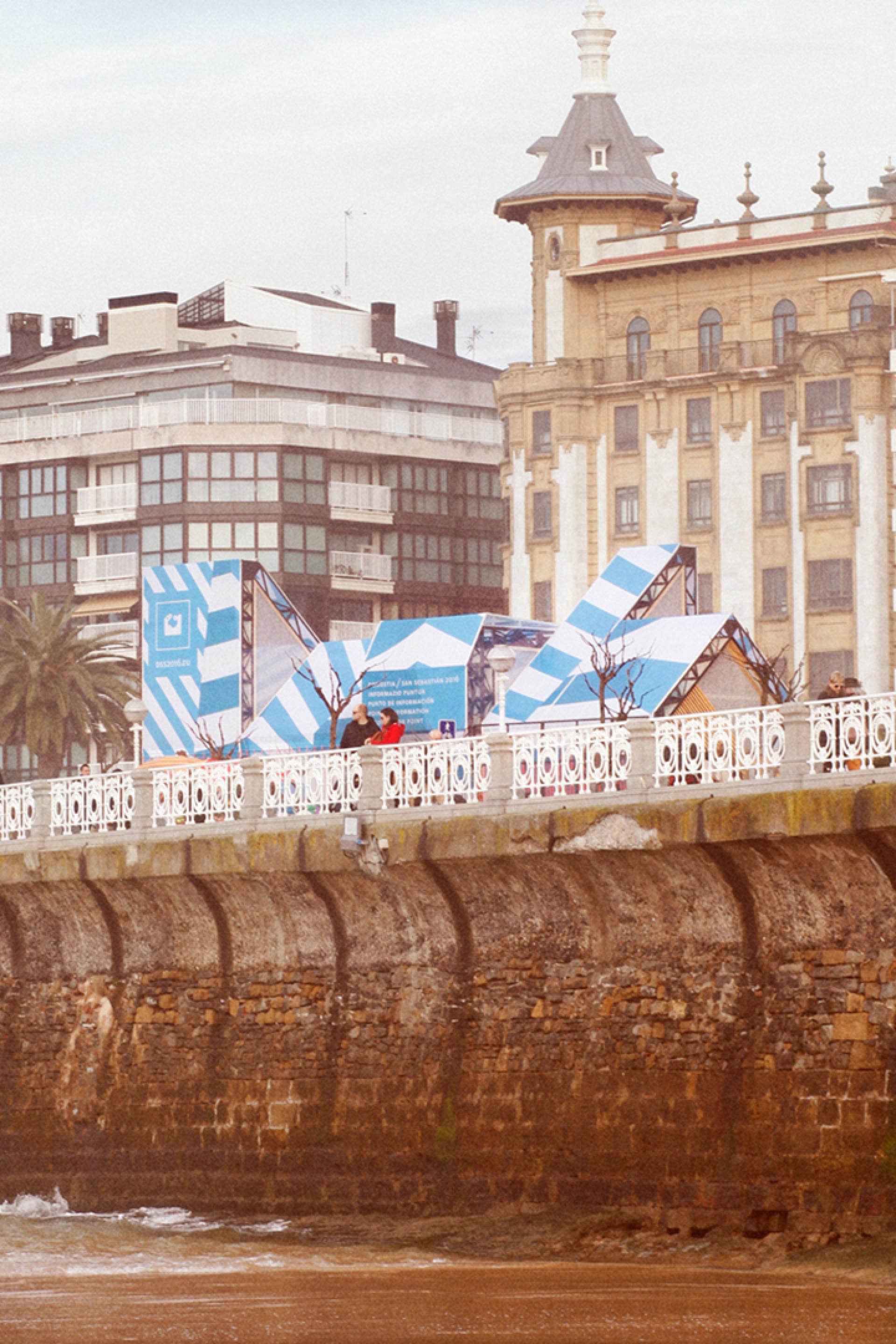
Yesterday you said tomorrow Information Pavillion and 274 Benches (Zuloark + Tipi Studio + Alberto Rey), San Sebastian, Spain (2016).| Photo © zuloark
On what shall architecture focus in the future?
JC: On situated knowledge, waste, emissions, environment, society and social interactions.
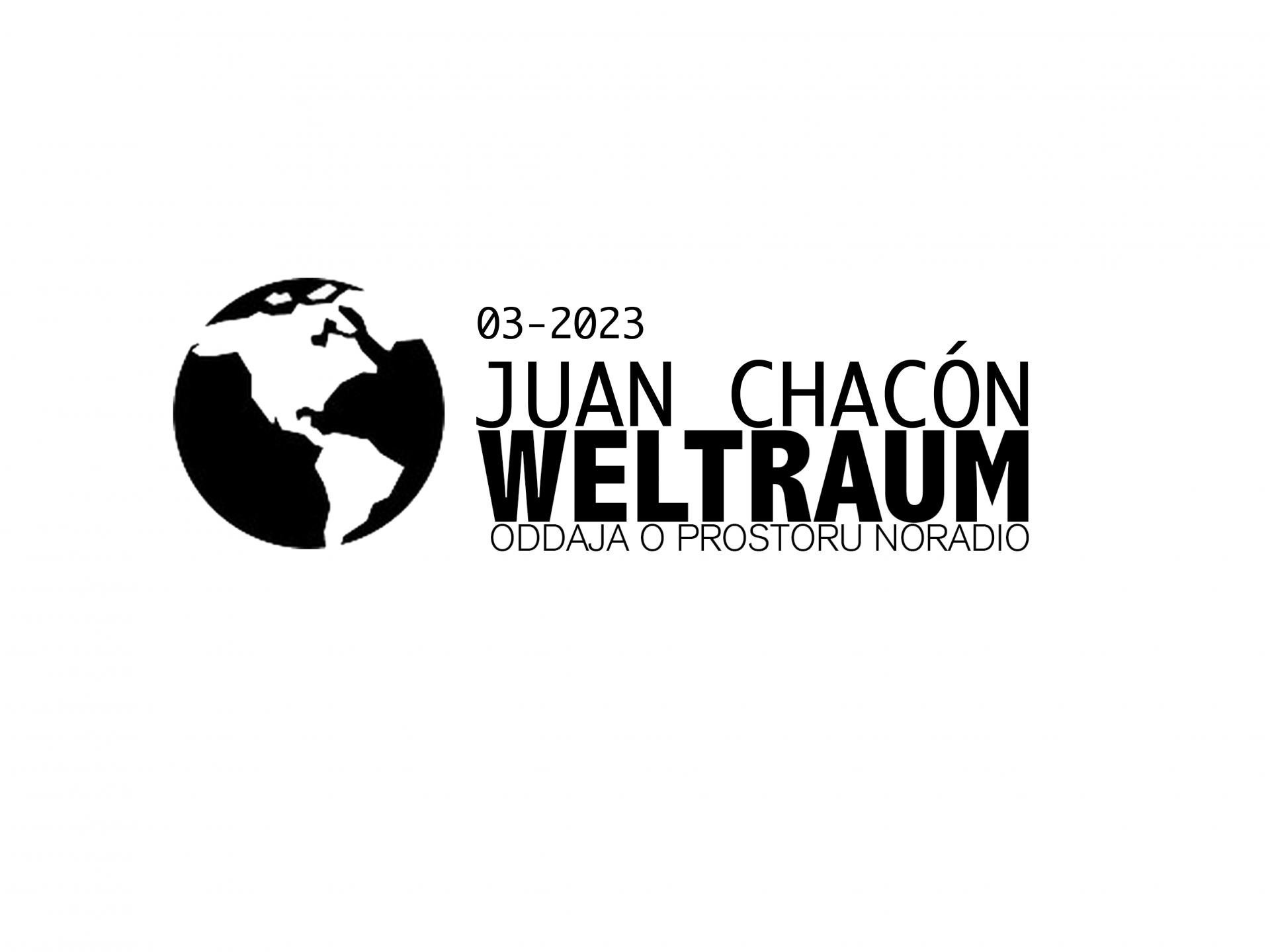
You can listen to the WELTRAUM interview HERE